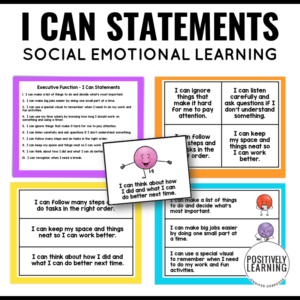
Special education teachers already have a demanding schedules can be, but it's absolutely worth finding time to explore the use of mindfulness in the educational setting. With very little time committment, you can help your students find calm and focus amidst the chaos.
In this blogpost, we'll dive into what this can look and feel like and discover how mindfulness activities can fit into your already jam-packed days.
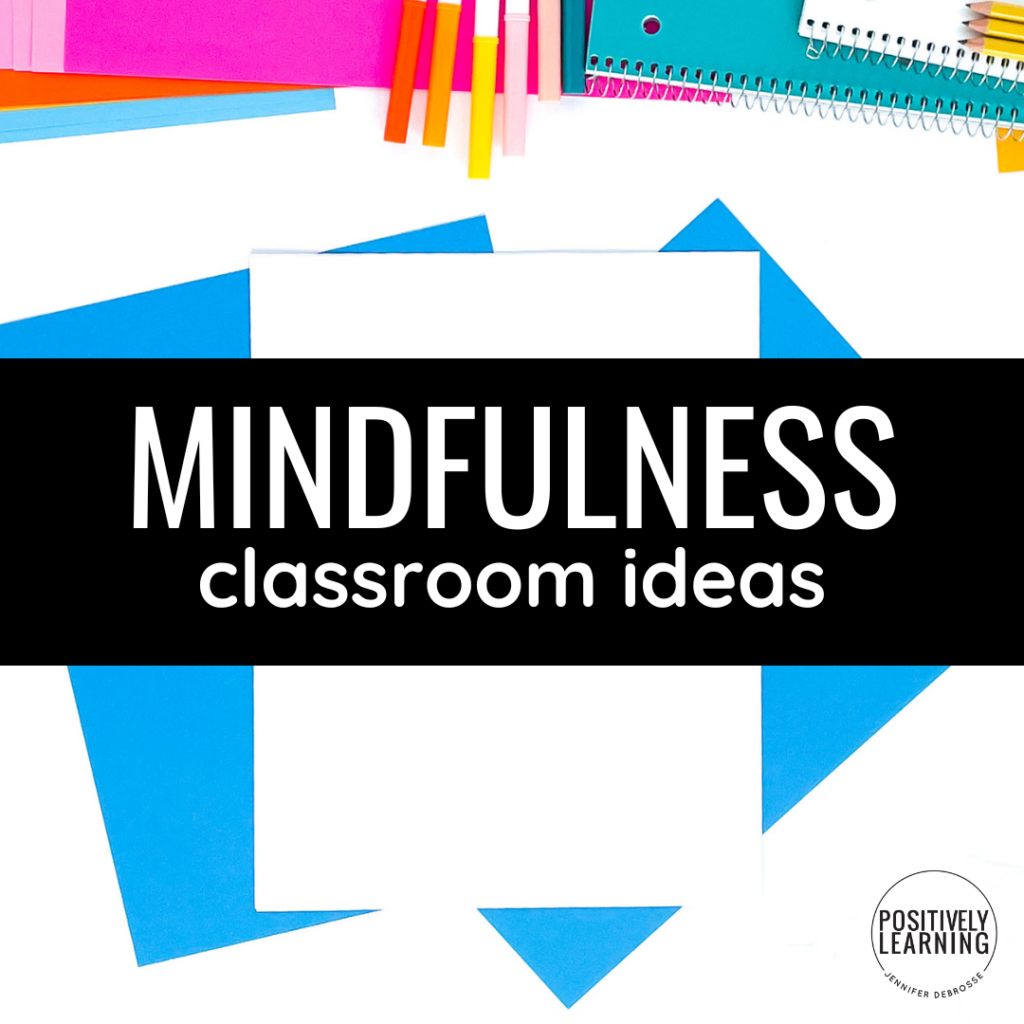
Table of Contents
ToggleWe've all heard the term mindfulness but what exactly does it mean?
Being Present
Mindfulness is the practice of being fully present and aware of staying in the present moment without judgment. It involves paying attention to one's thoughts, feelings, bodily sensations, and the surrounding environment. Here's an example to help illustrate this definition:
Emotional Regulation
Mindfulness also refers to the ability to regulate and manage one's emotions effectively. It involves recognizing and accepting emotions without becoming overwhelmed by them. Here's an example of mindfulness in the context of emotional regulation:
Non-Judgmental Awareness
Mindfulness emphasizes cultivating a non-judgmental attitude towards one's experiences and thoughts. It involves observing thoughts, emotions, and sensations without labeling them as good or bad. Here's an example that illustrates this aspect of mindfulness:
My goal for incorporating a few minutes of daily mindfulness it to increase self-awareness, reduce anxiety, and promote emotional regulation for our amazing students!
We can get creative with our lessons by incorporating movement, storytelling, and visual aids. The more engaging and interactive, the better!
Modeling and practicing deep breathing is a great beginner mindful practice you can start today in general and special education classrooms.
These colorful visuals use student-friendly imagery that will resonate with our young students the first time they're trying out mindfulness skills:
Choose a different image each day in your small groups or practice several breathing exercises with the whole class. The slides show an image and simple language that guides elementary school students through a few deep breaths. The same images are also available in printable half-page cards. Store the cards on a book ring and place in your classroom calm down corner for individual student support.
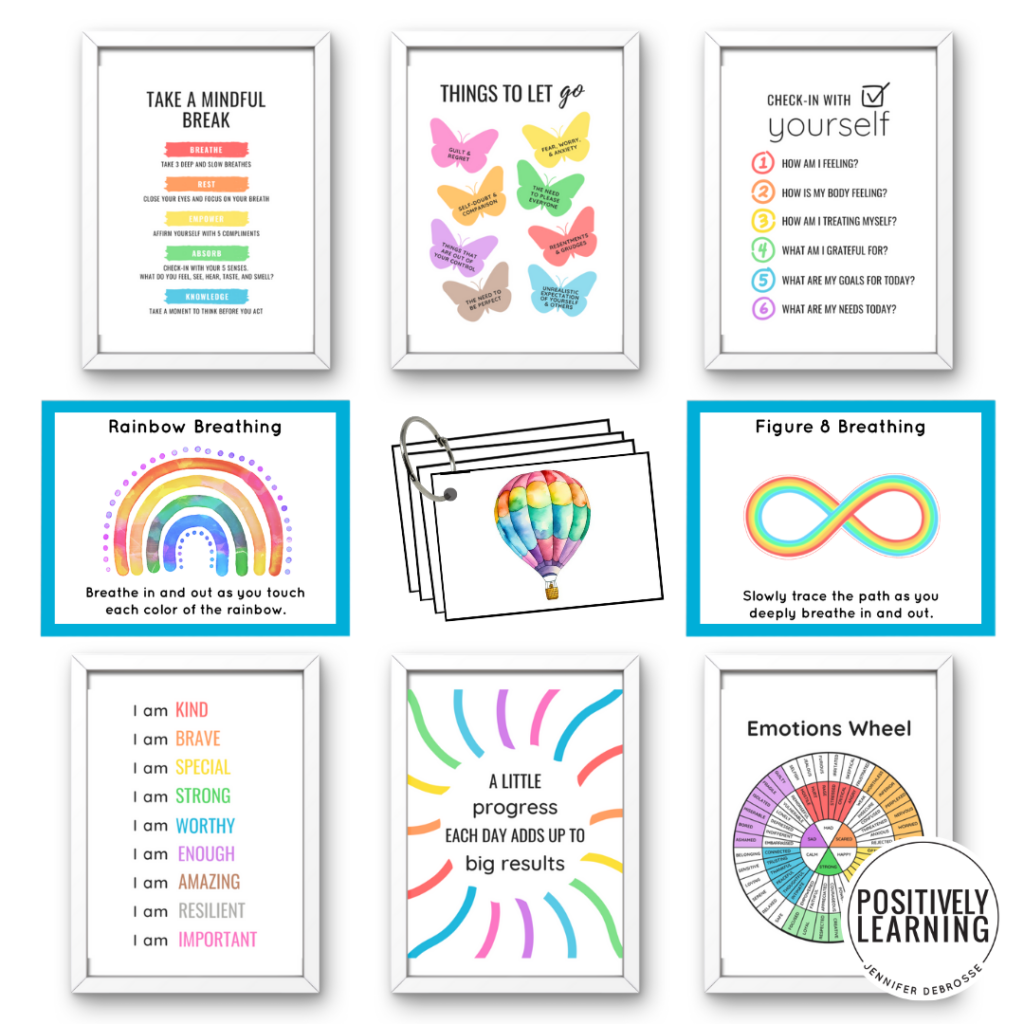
Imagine adding deep breaths as part of your classroom routine during morning meeting or after students return from a busy transition like lunch or recess!
As students began increasing their self-awareness through deep breathing exercises, you can begin introducing them to more involved mindfulness-based interventions, like practicing I Statements, using coping strategies during stressful situations, or utilizing positive affirmations.
With younger students, I've found it much easier to use role-playing during practice scenarios as a great tool to introduce new mindful practices. One idea is to reflect on storybook characters as they tackle different situations and challenging behaviors:
There are so many thought-provoking read aloud books that quickly present an opportunity for young children to apply their newly learned skills!
Here's a just a handful of benefits of mindfulness and the positive effects it can have for our emotional health.
Keeping the Emotions in Check: Picture this: stressed-out students, frowns, meltdowns, and other behavior problems. Mindfulness practices, like mindful breathing and positive affirmations, come to the rescue! These nifty practices help students manage their stress levels and navigate those tricky emotions. Teaching them to take deep breaths and tune into their bodies can do wonders for their emotional well-being. Say goodbye to those negative emotions and hello to a happier, more balanced classroom!
Boosting Social Skills: Want to see those little social butterflies in action? Mindfulness is the secret ingredient. By incorporating mindful listening and other mindfulness techniques during group activities, you'll be promoting empathy, active listening, and understanding among your students. Imagine a classroom where conflicts are resolved peacefully, and friendships blossom. That's the power of mindfulness in action!
Academic Achievement Unleashed: Are any of your students having a hard time focusing? Help students improve their attention spans, concentration, and focus with intentional daily mindfulness activities. With teacher stress on the rise in recent years, we can ALL definitely benefit from mindfulness practices!
Special education teachers, you are the superheroes of inclusion and support. Adding mindfulness to your repertoire is like unlocking a whole new level of superpowers for your students. With mindfulness, you can create a classroom where emotions are in check, social skills flourish, and academic achievements soar. So take a deep breath, dive into the world of mindfulness, and make a positive impact on your students' lives. You've got this!

I’m Jennifer and I was a special educator in the elementary school setting over the past decade. I entered the classroom every day dedicated to making learning inclusive AND engaging.
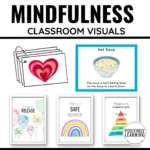
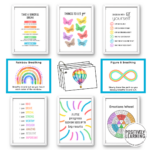
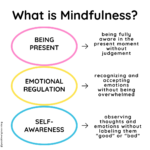
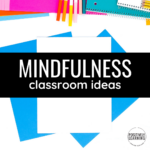

This website uses cookies to ensure you get the best experience on our website. See full disclosure here.
This website uses cookies to ensure you get the best experience on our website.
See full disclosure here.
